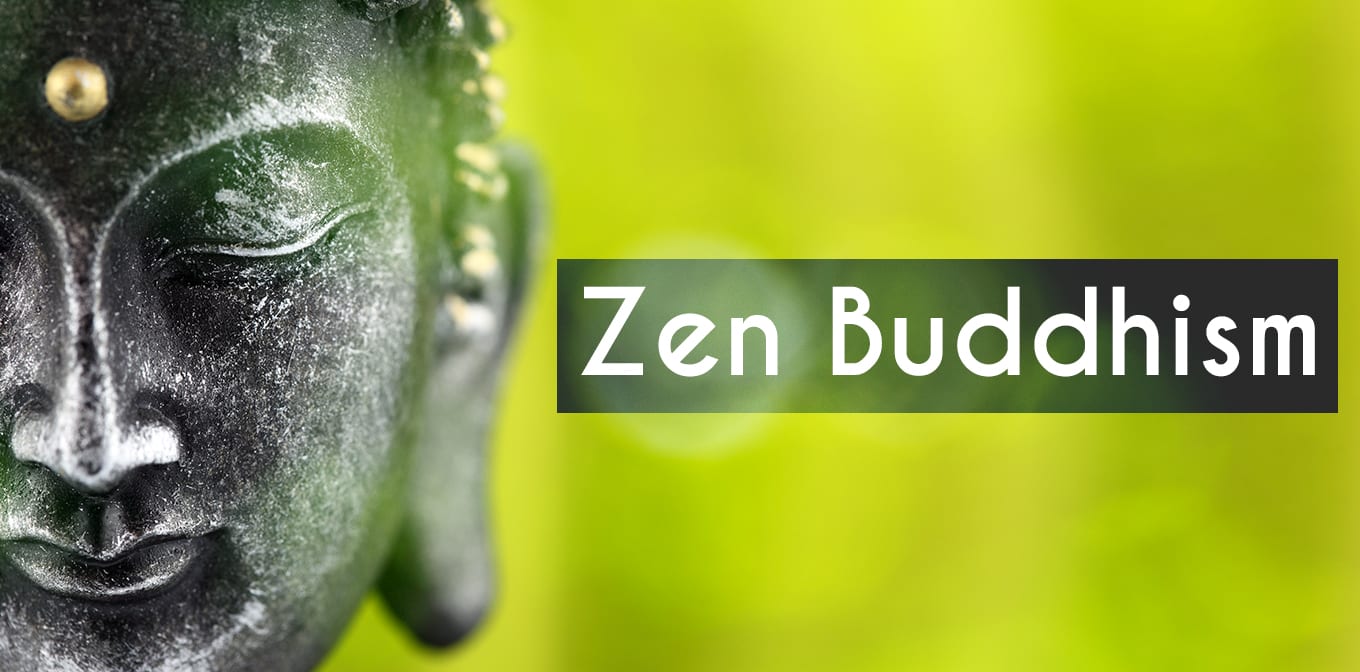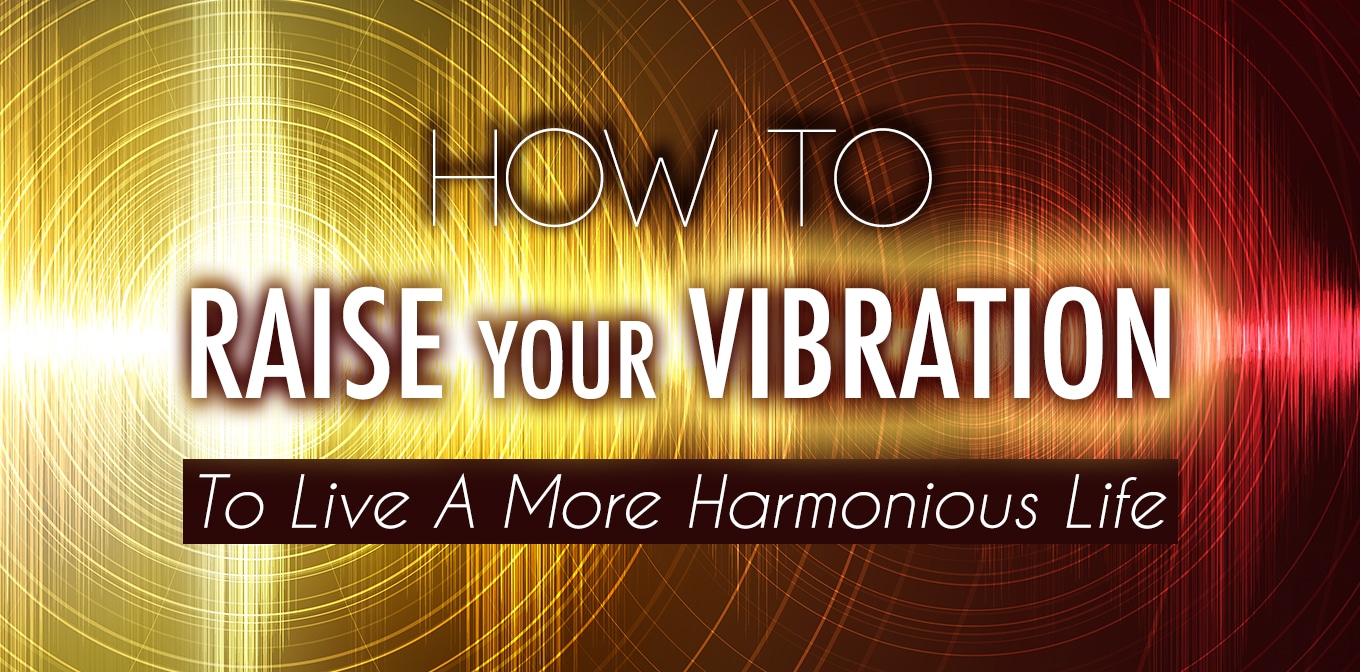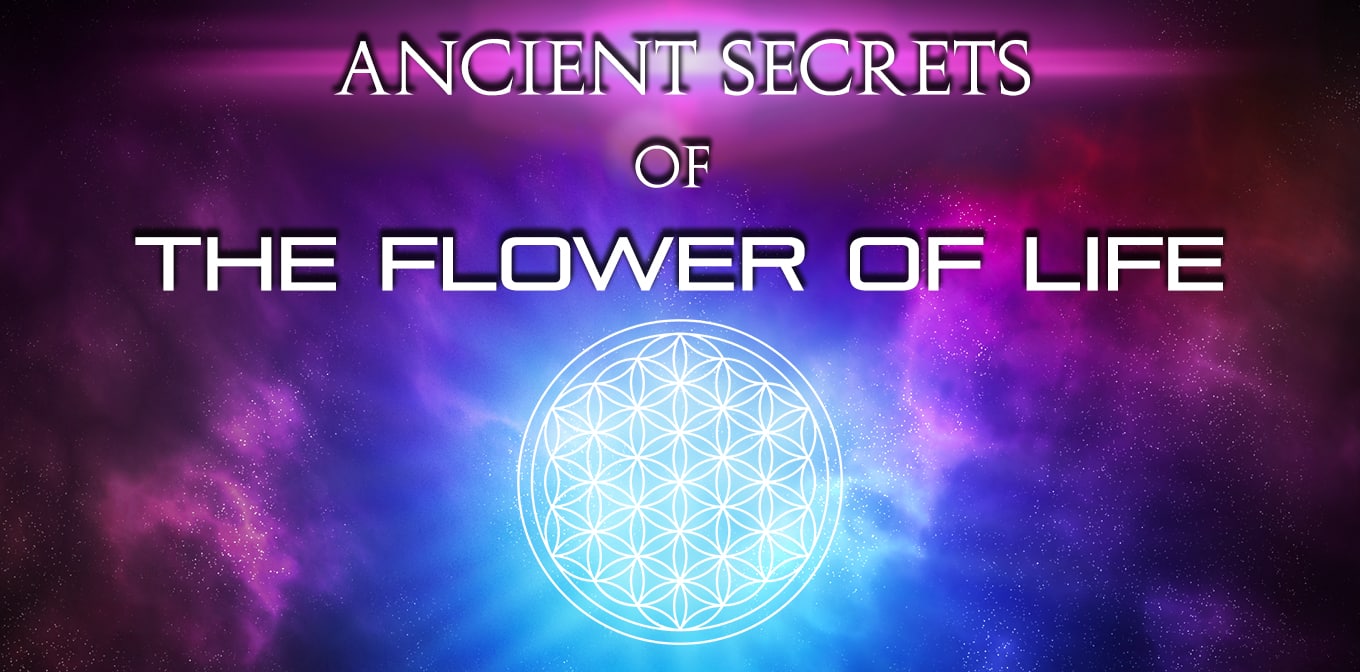1. What is Zen Buddhism?
Zen Buddhism is a distinctive branch of Mahayana Buddhism, one of the leading Buddhist traditions. One of its defining features is the utilization of seemingly nonsensical questions or statements, known as koans. Another characteristic of Zen Buddhism is the use of zazen. The word ‘zazen’ means seated meditation, a practice that was established 2500 years ago. It is thought that the practice of zazen and koan examination cultivates satori, meaning enlightenment.
2. Origins of Zen
Ancient Roots of Zen are found in India
The Buddha, whose name was Siddhartha Gautama, lived in India roughly 2500 years ago. He started life as a prince but at 29 years of age, he abandoned this lifestyle. He wanted to understand and put an end to human suffering. After six years of searching for the solution, Siddhartha reached enlightenment whilst engaging in zazen. He was struck by the realization that happiness was not determined by outside influences but rather by an inside influence, namely our minds. Upon achieving this state of enlightenment, Siddhartha became known as the Buddha, meaning “enlightened one”.
Bodhidharma, the founder of Zen Buddhism
Bodhidharma was an Indian Buddhist monk who traveled to China in the 6th century. It is believed that his Buddhist teachings combined with Taoism in China to form Zen, also referred to as Ch’an Buddhism. Due to his influence, Bodhidharma is viewed as the person responsible for founding Zen Buddhism.
Foundation of Rinzai school of Zen
Myoan Eisai was a Japanese monk that lived between the years of 1141 and 1215. He traveled from Japan to China to learn about Ch’an Buddhism twice during his lifetime. It is believed that those travels arose out of a discontentment with the way Buddhism was taught in Japan.
During his first visit to China in 1168, Eisai became acquainted with Ch’an Buddhism. Upon his return, however, he continued to engage in Tendai Buddhist practices. His second visit to China occured in 1187 and lasted four years. During this time, he studied and became a certified teacher in the Lin-Chi sect of Ch’an Buddhism. Upon arriving home, Myoan Eisai introduced Japan to the Lin-Chi school of Ch’an Buddhism, also known now as the Rinzai sect of Zen Buddhism.
Foundation of Soto school of Zen
Like Myoan Eisai, Dogen Kigen, who lived between the years of 1200 and 1253, studied Tendai Buddhism at Mount Hiei. During that time, he sought to understand why people were searching for enlightenment if it was supposed to reside within every person. Unable to attain a satisfying answer off his teachers at Mount Hiei, Dogen Kigen went to study the Rinzai sect of Zen Buddhism at Eisai’s temple. During his time at Eisai’s temple, however, he began to question the emphasis placed on the use of koans. Dissatisfied with the koan method and unable to find an answer to his question, Dogen Kigen departed for China in 1223, just like Myoan Eisai did previously.
A little while after arriving in China, Dogen Kigen came across Master Rujing who belonged to a school of Ch’an Buddhism called Caodong. It was through Master Rujing’s teachings that Dogen Kigen learned that Buddhism is the practice of zazen. Consequently, he understood the riddle that had plagued him and achieved enlightenment. After he has experienced this liberation, Dogen Kigen was proclaimed Master Rujing’s heir. In 1227, Dogen Kigen went back to Japan, taking with him the Caodong school of Ch’an Buddhism. This form of Buddhism is now also known as the Soto sect of Zen Buddhism.
3. What are the main teaching methods of Zen practice ?
Koan Practice
Although the Rinzai school of Zen Buddhism utilizes zazen, studying koans is the central practice in Rinzai. A student of Rinzai receives a koan from a teacher and then must solve it. The time it takes to successfully answer a koan is highly variable, ranging from seconds to years. Furthermore, students of the Rinzai school of Zen Buddhism are expected to solve many koans during their training. The purpose of presenting koans to students is to bring about their enlightenment. This is why the Rinzai Zen approach can be considered as dynamic.
Achieving enlightenment is viewed as a central goal of practice in the Rinzai sect of Zen Buddhism. In Rinzai Zen, enlightenment is viewed as a sudden event. This event is believed to bring about a deeper understanding of reality and stop suffering.
Zazen or Zen Meditation
Like the Rinzai sect of Zen Buddhism, the Soto school also utilizes koans as part of their practice. However, Soto Zen does not view answering koans as centrally important in achieving enlightenment like Rinzai Zen does. Instead, in the Soto school, the central path to enlightenment is believed to be zazen (‘seated meditation’). During this practice, the person has to be fully aware of every action taking place around him while in the sitting position. For this reason, Soto Zen’s approach is viewed as quiet and is considered to be more aligned with Buddha’s teachings than Rinzai zen.
For Taisen Deshimaru, the well-known Japanese Buddhist teacher, Zazen is like water in a glass. Leave the water to sit quietly, and the dirt will soon sink down. The water will become pure.
4. Conclusion
Zen Buddhism stems from a leading Buddhist tradition, namely Mahayana Buddhism. Zen Buddhism came into existence due to the influence of several notable figures, including Buddha, Bodhidharma, Myoan Eisai, and Dogen Kigen with two notable schools: Rinzai and Soto.
What do you think of Zen Buddhism? Please let us know in the comments below.
If you need music for your practice of meditation, please visit our free meditation music page here.









